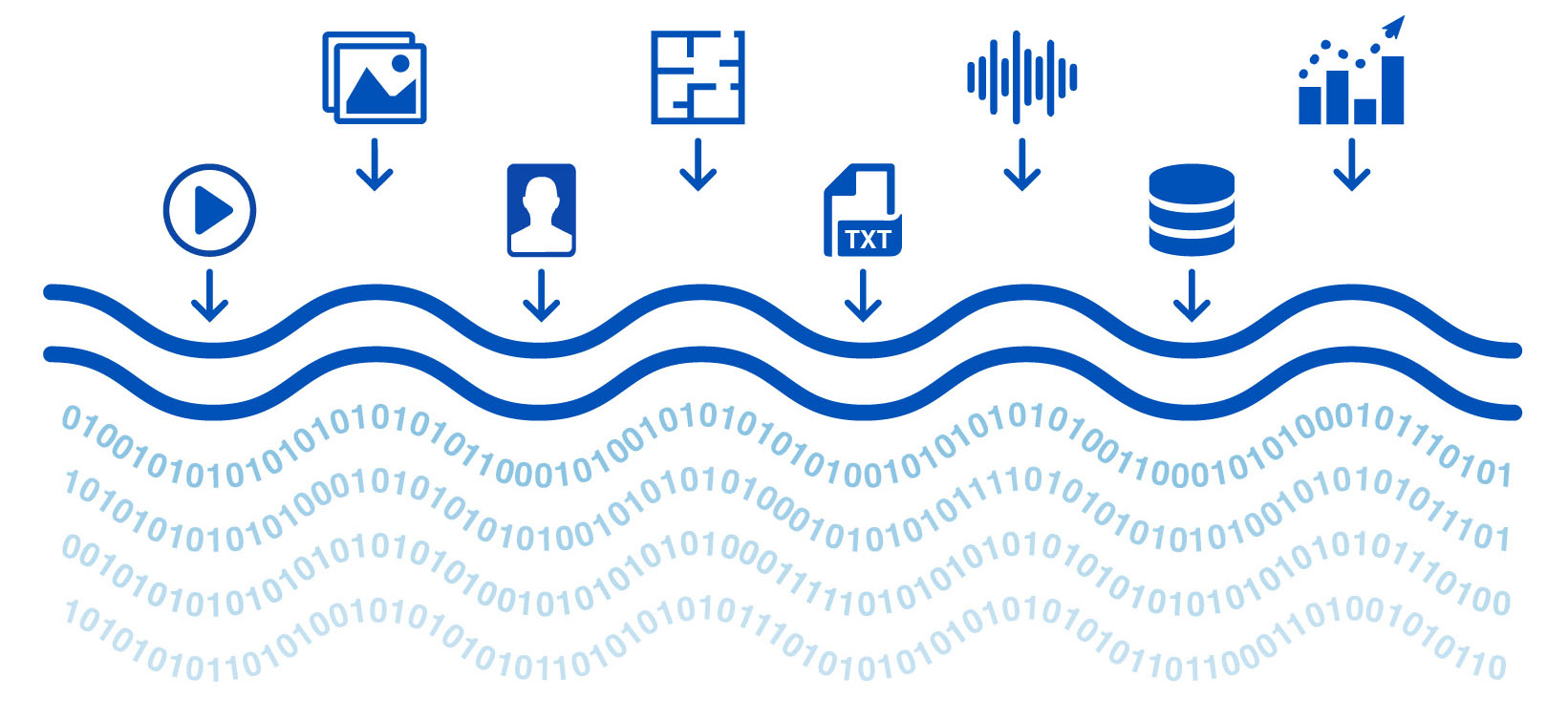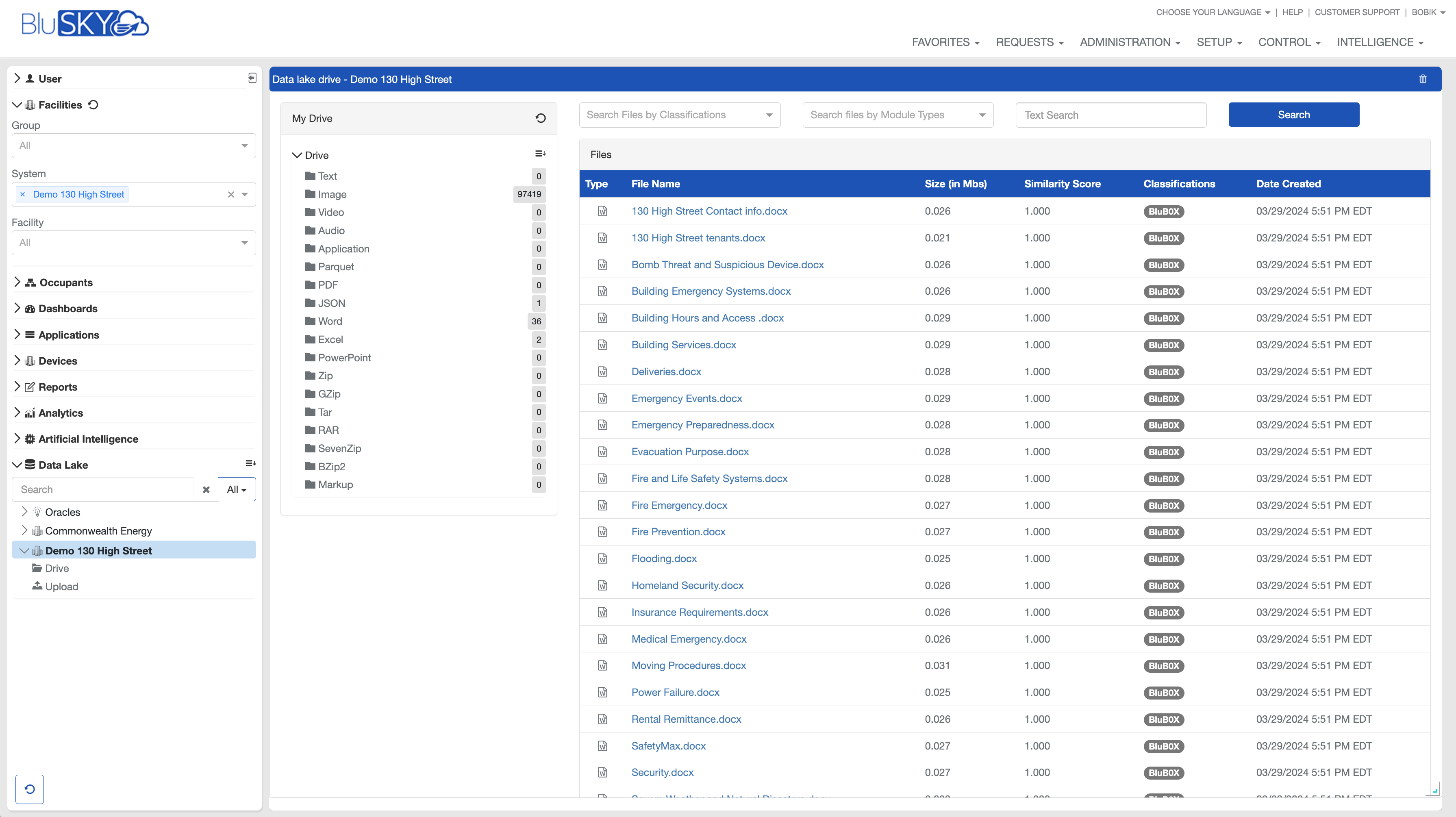Data Lakes – What are They and Why Are They Important to Physical Security
In the realm of data management and security, Data Lakes have emerged as a pivotal technology, particularly in enhancing physical security systems. This article delves into the essence of Data Lakes, their distinction from traditional data storage methods, and their integral role in bolstering physical security measures.
Understanding Data Lakes
A Data Lake is a centralized repository that allows for the storage of large amounts of structured and unstructured data in its native format. Unlike traditional databases that require data to be structured and schema-defined before storage, Data Lakes can store data as-is, without the need for prior organization. This approach offers unparalleled flexibility, making Data Lakes particularly adept at handling the vast and varied data types generated by modern security systems.

Data Lakes vs. Traditional Data Storage
The primary difference between Data Lakes and traditional data storage methods lies in their approach to data management. Traditional data storage systems, like relational databases, are designed to handle structured data with a predefined schema. This structure is efficient for specific, predictable queries but falls short in scalability and agility when dealing with large volumes of diverse data. Data Lakes, on the other hand, are schema-less on write, meaning data can be stored in its original form and schema is applied only when the data is read. This method provides immense scalability and flexibility, crucial for the diverse data needs of physical security systems.
Integrating Data Lakes with Physical Security Systems
Physical security systems, such as surveillance cameras, access control, and alarm systems, generate a copious amount of data. Integrating Data Lakes into these systems offers several advantages:
- Enhanced Data Analysis: Data Lakes can store and process the high volume of data generated by security devices, facilitating advanced analysis techniques. This ability allows security teams to quickly sift through data and identify potential security threats or anomalies.
- Real-time Monitoring: With Data Lakes, security teams can monitor data streams in real-time, enabling immediate response to potential security breaches or suspicious activities.
- Predictive Analytics for Threat Detection: By leveraging machine learning algorithms on the diverse data stored in Data Lakes, physical security systems can predict and preempt potential security threats.
- Efficient Data Management: Data Lakes provide a cost-effective solution for storing and managing the vast amounts of data generated by security systems, which is often too expensive or impractical to store in traditional databases.
Case Studies and Examples
Several organizations have successfully integrated Data Lakes to enhance their physical security measures. For instance, a major international airport implemented a Data Lake to analyze data from its surveillance cameras, access control systems, and other security devices. This integration allowed for real-time threat detection and a significant reduction in response times to security incidents.
Another example is a global retail chain that used a Data Lake to combine data from its in-store surveillance systems with other operational data. This approach not only improved store security but also provided insights into customer behavior and store performance.

Future Trends and Advancements
Looking ahead, the integration of Data Lakes with physical security systems is poised for further advancements. Emerging trends include:
- Greater Adoption of IoT Devices: As more Internet of Things (IoT) devices are integrated into security systems, Data Lakes will become increasingly essential for managing the resulting data explosion.
- Advanced Machine Learning Capabilities: The future will see more sophisticated machine learning models being deployed within Data Lakes, further enhancing predictive analytics and threat detection.
- Enhanced Integration with Cloud Technologies: The synergy between Data Lakes and cloud computing will continue to evolve, offering more scalable, flexible, and cost-effective solutions for data storage and analysis.
- Increased Focus on Data Privacy and Security: With the growing volume of sensitive data being stored in Data Lakes, there will be a heightened emphasis on data privacy and security protocols.
In conclusion, Data Lakes play a critical role in enhancing physical security systems. Their ability to store and analyze vast amounts of varied data in real-time positions them as an indispensable tool in the modern security landscape. As technology advances, the integration of Data Lakes in physical security is set to become more sophisticated, making them an even more vital component of security infrastructure.